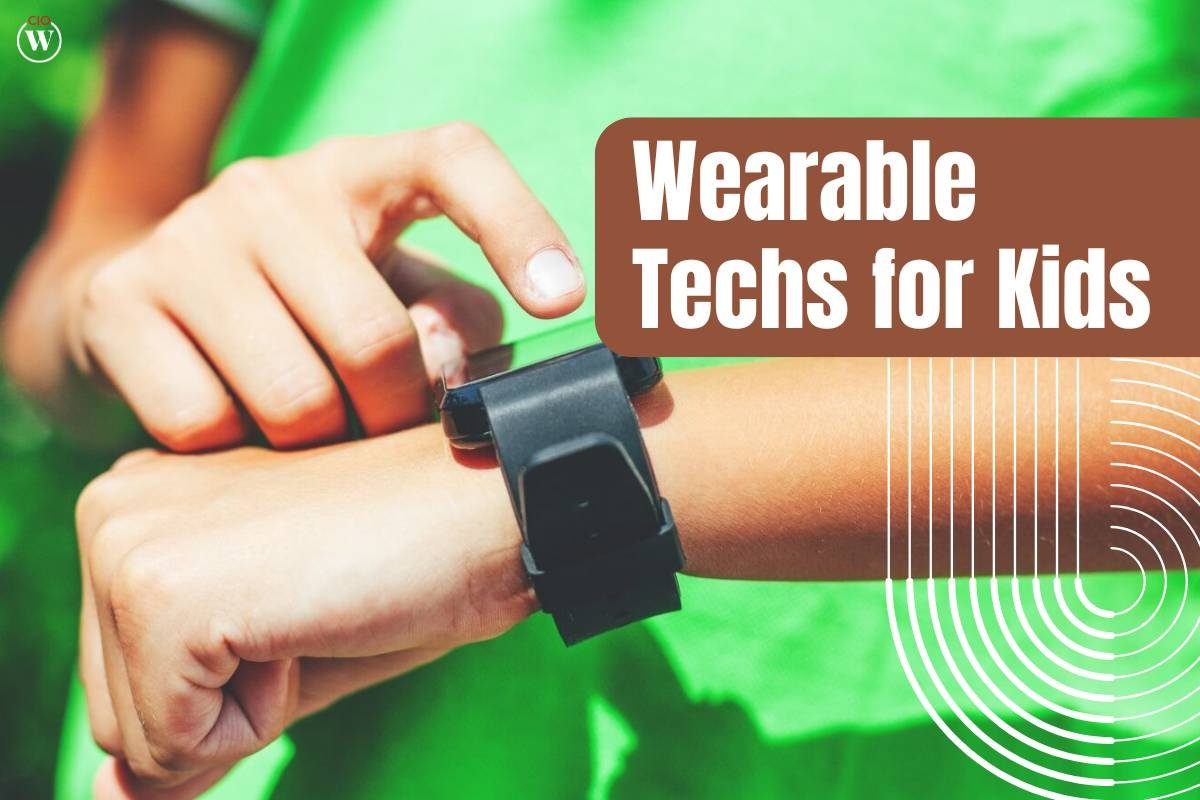The worldwide epidemic compelled the industry to adapt and innovate. It also described how healthcare is adopting new technologies in the following ten years.
This does not imply that the industry has deviated significantly from its previous course. While digital technologies were already having an influence on healthcare, the investment in transformation remained slow. Today, investment is a hastened transformation.
Similar healthcare is adopting new technologies will be seen in 2023, as will the acceptance of new technologies, however, the majority of this will be a result of the changes that occurred in 2020. Continue reading for our full analysis of the most important health tech technology developments for this year to help you remain ahead of the competition.
Here is How healthcare is adopting new technologies;
1. Internet of Medical Things (IoMT)
The widespread deployment of IoMT devices would be the most predictable of the health tech developments in 2022.
Gadgets connected to the Internet of Medical Things will overcome at least some of the issues that the healthcare industry faced in 2020. IoMT may also help the healthcare business save money. According to a Goldman Sachs analysis, IoT healthcare might save $300 billion through improving medical practices.
Telemedicine, for example, saves money by keeping all non-essential consultations out of hospitals, reducing time and infrastructure expenses. Moreover, healthcare is adopting new technologies like IoT may improve operational efficiency. Workflows, like other computerized industries, may be streamlined and automated. Real-time data about everything drug or equipment, for example, makes healthcare management more efficient. Monitoring digital tags on medications may aid in the battle against counterfeit pharmaceuticals.

Yet, IoMT devices are the most valuable in healthcare administration. They may provide healthcare to isolated places that cannot afford full-service hospitals. They bring frequent consultations into people’s homes, which is particularly helpful for patients who are unable to leave their homes. Portable point-of-care devices may now perform practically every routine test and wirelessly communicate the findings with a doctor.
In 2020, digital solutions demonstrated their value. In 2018, the worldwide IoMT market was estimated at $44.5 billion, with a projected increase to $254.2 billion by 2026. Investment in IoMT and other digital solutions is already increasing, and this trend in healthcare is adopting new technologies and is expected to continue in 2022.
2. Remote Patient Monitoring and Wearables
Physicians may perform better by monitoring patients outside of a hospital or clinic, effectively expanding the reach of the healthcare system. Remote patient monitoring, which is also a component of IoMT, has the potential to have a long-term influence on healthcare services. Remote monitoring has the potential to transform the treatment of chronic illnesses such as diabetes, heart disease, and asthma.
Preventive healthcare may benefit from regular real-time access to data from linked medical equipment. A wearable ECG gadget, for example, may notify a clinician of a potentially fatal cardiac arrest. Moreover, access to such continuous data might aid in the management of chronic illnesses by driving changes in unhealthy lifestyles.
Wearable healthcare is adopting new technologies that are not as commonplace as one may believe. Sensors in consumer electronics have already been shown to be dependable enough to be used in medical applications. The Apple Watch’s ECG capability, for example, has been certified by the US Food and Drug Administration (FDA) to identify a disease known as atrial fibrillation. Wearables that provide data that may be utilized in medical investigations are becoming more popular.
Digital blood pressure cuffs may be used to deliver continuous blood pressure and pulse measurements to the doctor. Smart tablets include edible sensors that alert physicians or caretakers whether their patients take their prescriptions as directed. According to surveys, just half of the medicine prescribed for chronic conditions is taken as prescribed.
3. Healthcare Data Interoperability
Predictions of healthcare is adopting new technologies and trends are typically difficult, but data interoperability is simple.
For some time now, electronic health records (EHR) and electronic medical records (EMR) have been developing interoperability. Interoperability, on the other hand, might become a key medical technology trend in 2022 as a result of investments in healthcare digitalization.
The Department of Health and Human Services (HHS) in the United States has adopted guidelines that provide consumers more discretion over sharing health information, a consumer-centric approach to medicine. People may now more readily access and share their electronic health information. It is also envisaged that interoperability between providers and medtech developers would increase.
IT firms are also getting engaged. To assist healthcare customers in evaluating and complying with the interoperability guideline, Google developed the Cloud Healthcare Interoperability Readiness Program. According to the organization, many of its customers are now unable to comply due to the use of old systems.
Last year, the effect was already obvious. Epic revealed that its interoperability platform exchanged over 221 million patient data in November 2020, a 40% increase over the same month the previous year.
Then there are artificial intelligence firms like Saykara. They’re working on an AI assistant to help healthcare practitioners monitor patient visits and record doctor-patient talks. Interoperability projects are clearly on the increase.
4. Billing and Claims Processing
The epidemic intensified the need to automate healthcare operations, in addition to bringing in telemedicine. This is particularly crucial for administrative chores.
Even when a doctor’s visit is required in person, everything else—billing, insurance negotiations, and so on—must be done online. Interoperable systems and IoMT devices play a significant role in healthcare is adopting new technologies.
Consider an e-Prescription platform, an extension of interoperable EHR/EMR systems. An integrated e-Prescription system provides physicians and healthcare staff with insurance coverage information. The method may be used to guarantee that patients get prescriptions for pharmaceuticals that are covered by their insurance plans. The whole procedure is totally automated. Additionally, since all documentation, including insurance coverage, is electronically validated, all a patient needs to do is pick up the prescription.
5. Virtual Reality (VR) and Augmented Reality (AR)
VR and AR technologies have a role in healthcare is adopting new technologies. The most apparent example is surgical training. Virtual reality training enables medical personnel to practice and improve their abilities without needing to visit a hospital. Also see: How to Create Medical Practice Management Software.

Virti, located in the United Kingdom, collaborated with the NHS to educate frontline workers throughout the epidemic. There was an urgent need for additional individuals to work in intensive care units, and they needed to be taught rapidly to wear PPE, traverse an intensive care ward, handle ventilators, and even interact with patients and their families. According to Dr. Alex Young, the platform’s founder, and CEO, the platform uses individualized prediction of healthcare is adopting new technologies as well as “gamification and various content forms to engage users and implant information.”
Virtual reality technology is also a statistically established means of training healthcare staff. It is claimed to minimize “skill fade” by 52% and increase retention by up to 75%, compared to 10% for standard approaches. VR apps may also be utilized in patient care. Exercise therapy, for example, may leverage VR software and gear to speed up recuperation.
With their many uses, virtual reality and augmented reality are fast gaining traction. It makes commercial sense for a precise industry, such as the healthcare sector, to invest in it to improve efficiency.
To Know More: 12 Best Benefits of Virtual and Augmented Reality in Healthcare
6. Big Data and Predictive Analytics
Big data in healthcare is likely to be the most significant of the 2022 macro healthcare is adopting new technologies and developments.
Rapid digitization allows for the collection of relevant clinical data. Wearable technology has advanced enough to capture continuous data at a reasonable cost. Ultimately, interoperable systems and new legislation have enabled this data to be shared for predictive analytics purposes.
The use cases during the epidemic demonstrated the importance of big data in healthcare. The most apparent use was predicting surges in instances. In addition, contact tracking technology was employed by analysts to detect and control epidemics. Big data also aided in the development of vaccination tactics by identifying high-risk populations based on a number of characteristics.
In summary, there is no way that healthcare will abandon the use of big data. This also applies to its commercial aspects. Business intelligence and analytics may provide significant returns on investment.
Patients now have the right to share data, which healthcare providers may use to glean insights from clinical, financial, and operational data, resulting in considerably more efficient patient care.
7. Customized Mobile Apps
Today, there are over 5.5 billion smartphone users worldwide. Each of those users spent an average of four hours a day on their device, with the majority of that time spent on an app. This is despite the fact that desktop internet usage continues to decline year after year.
Creating a mobile app—either iOS or Android—is now a need for company success. Customers are used to the smooth experience that a mobile app provides. The healthcare industry is no exception.

In reality, using a popular medium like this to successfully interact with people in an industry that depends so heavily on excellent communication makes sense. A customized mobile app with integrated EHR/EMR systems might become the single most essential point of interaction between healthcare practitioners and patients.
The data that a healthcare professional may obtain via a mobile app with authorization can be utilized in a variety of ways to enhance patient care. Moreover, mobile applications may be utilized to provide services such as teleconsultations and e-prescriptions.









